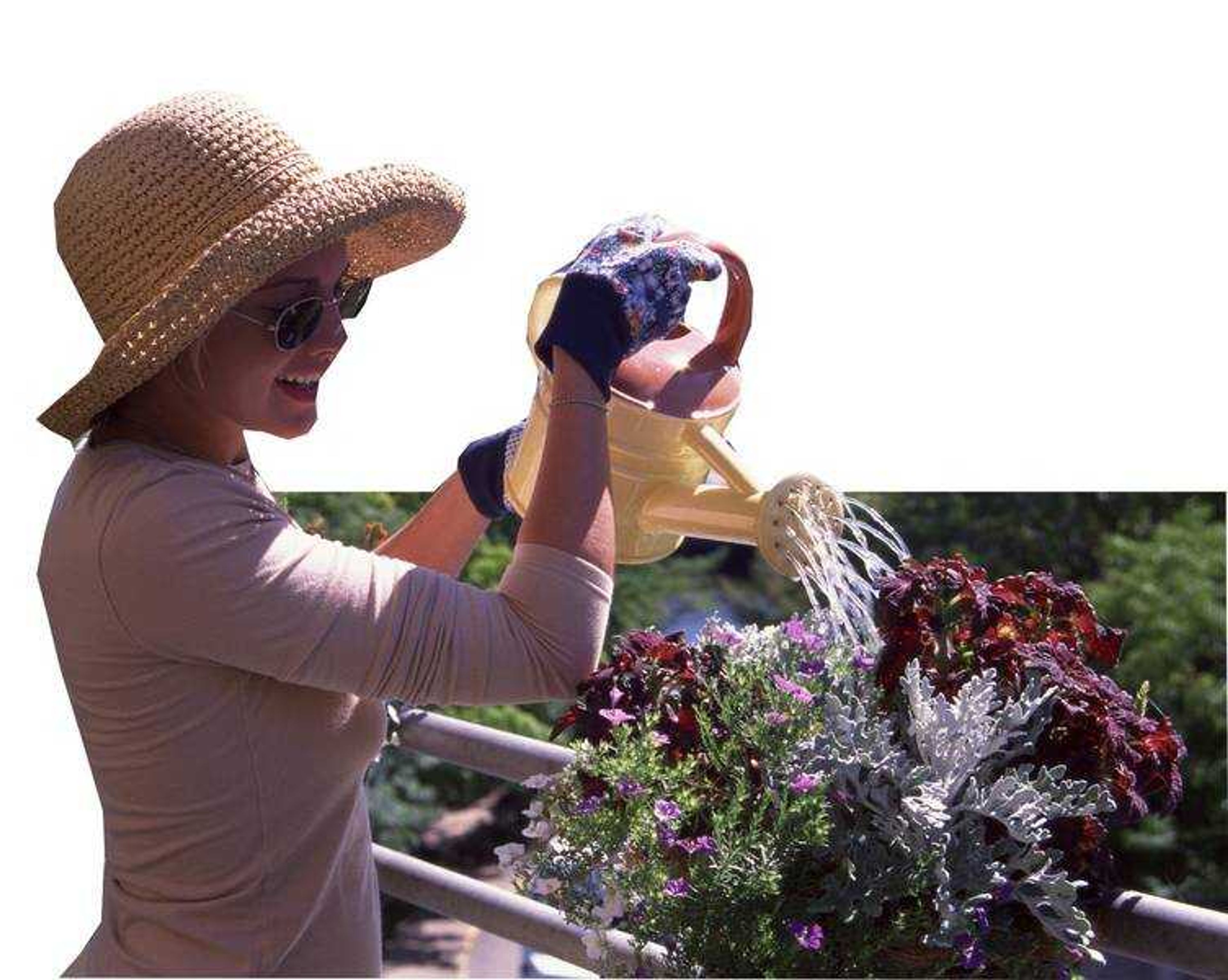Perhaps it's fitting that a food product — the seedless grape — was the image picked for a major anti-sunning campaign. Gardeners are among the most at risk for developing skin cancer.
All that weeding and watering, mowing and mulching was once considered a happy way to build a tan. But years of sun exposure can have a terminally dark side.
"A raisin is a grape that didn't have the sense to get out of the sun," The Skin Cancer Foundation says in a new series of public service print ads. "There is no such thing as a safe tan. ... Go with your own glow."
Get the picture, gardeners?
More than a million cases of skin cancer are diagnosed annually in the United States, with one in five Americans developing the potentially fatal disease. And the more time spent in the sun, the greater the risk, according to the Centers for Disease Control and Prevention.
The average gardener spent 2.8 hours a week on the hobby, according to Bruce Butterfield, research director for the National Gardening Association.
"Because of increased sun exposure, gardeners and farmers are at higher risk for skin cancer," said Dr. Robin Friedman, a dermatologist from Memphis, Tenn.
Donna Aufdenberg, horticulture specialist with the University of Missouri Extension in Bollinger County, said gardeners in Southeast Missouri are also at risk for heat exhaustion because they forget to stay hydrated.
Aufdenberg said she's seeing a lot of younger people starting to garden and asking about what to plant because of high food prices.
"I think those people are the ones who don't really think about the sun exposure," she said.
Sun avoidance is the best preventive, although that's not a real-world solution for people whose jobs or activities require them to be outdoors. So here are some practical sun safety suggestions:
* Work in the cool of the day, usually before 10 a.m and after 4 p.m. Do not discount solar radiation because it's overcast. "You can get some of the worst sunburns on a cloudy day," Friedman said.
* Inspect your skin head-to-toe at least once a month. Remember the shape of mole and freckle patterns and then note any changes. "Examine yourself everywhere," Friedman said. "You can get melanomas on the bottom of your feet, between the toes, on your scalp. Pay particular attention to exposed areas."
* Make a yearly appointment with a dermatologist. Early detection is key, particularly for melanoma, which has a tendency to invade other parts of the body.
* Use a sunblock with SPF 15 or higher. Apply it at least 15 minutes before going outdoors, and reapply every two hours. Aufdenberg recommends Southeast Missouri gardeners wear at least SPF 30.
* Wear sun protective clothing, including a broad-brimmed hat, loose-fitting smock, trousers, gloves and UV-blocking sunglasses. "This is an excellent option for gardeners," Friedman said. "Such clothing is designed to protect the back of the neck and other areas exposed to the sun while doing all that bending and stretching."
Aufdenberg said the wide-brimmed hat is especially important to maintain good air circulation around the head.
Southeast Missourian staff writer Brian Schraum contributed to this report.
Connect with the Southeast Missourian Newsroom:
For corrections to this story or other insights for the editor, click here. To submit a letter to the editor, click here. To learn about the Southeast Missourian’s AI Policy, click here.








